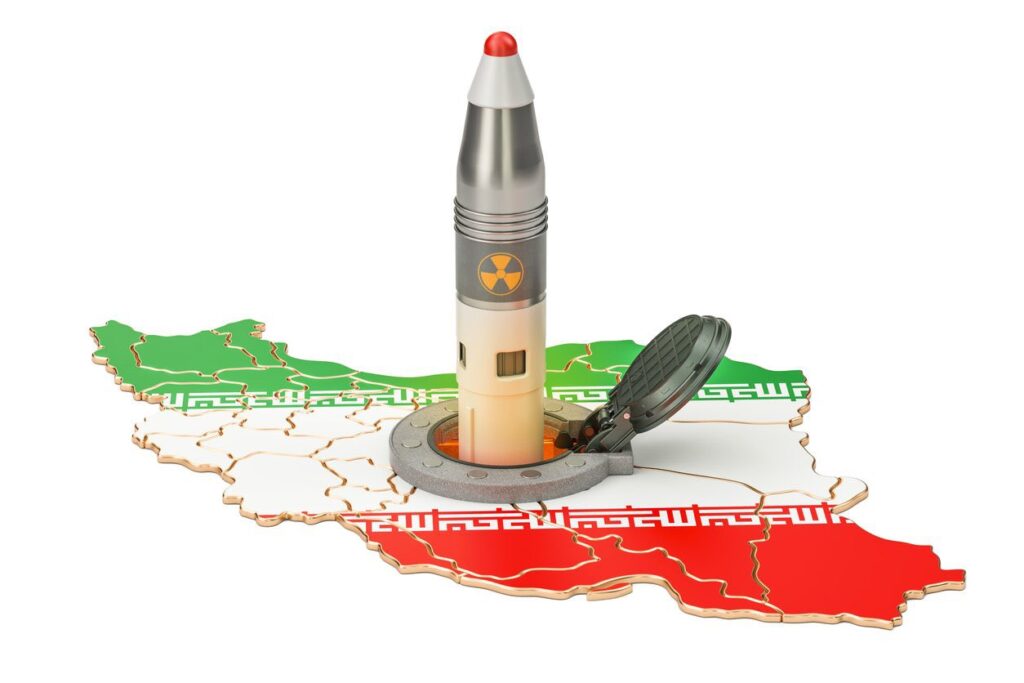Was it a ” Iran’s Nuclear Test ” or “Earthquake ? On the evening of October 5, 2024, a seismic event in Iran’s Semnan province raised eyebrows and sparked a flurry of speculation across global social media platforms, particularly on X (formerly Twitter). This event, registering at a magnitude of 4.6, led to widespread discussions and rumors about whether it was an underground nuclear test conducted by Iran or merely a natural earthquake.
The Seismic Event
The earthquake occurred in Aradan, Semnan, with its epicenter a mere 10 kilometers beneath the surface, which is relatively shallow for seismic activities of this nature. This depth, coupled with the timing and geopolitical tensions involving Iran, fueled the speculation.
Public Speculation on social media
Immediately following the event, social media was abuzz with users linking this seismic activity to potential nuclear tests. Some pointed towards the proximity of the earthquake’s epicenter to known or suspected nuclear facilities in Iran. Speculation was further fueled by the ongoing conflicts and tensions between Iran and Israel, with many users suggesting that this could be a covert nuclear test signaling Iran’s military capabilities.
Nuclear Test Analysis
- Technical Feasibility: Underground nuclear tests, especially at the scale suggested by the seismic activity, are technically possible but would require significant preparation. Iran’s known nuclear sites, like Natanz, have been fortified deep underground, indicating a capability for such activities. However, the depth of this particular event and its magnitude don’t unequivocally confirm a nuclear test due to the complexity involved in containing nuclear explosions at such depths without causing surface disruption.
- Political Context: The political climate, marked by heightened tensions with Israel and the U.S., adds fuel to the speculation. Iran’s advancements in its nuclear program, as noted by international observers, have significantly reduced the breakout time for acquiring weapons-grade material, intensifying global concerns.
- Diplomatic and Military Responses: There’s been no immediate claim or confirmation from Iran regarding a nuclear test. Conversely, there’s also been no immediate international condemnation or military response that one might expect following a confirmed nuclear test, which typically would prompt reactions from bodies like the UN or specific nations like the U.S. or Israel.
Counterarguments for a Natural Earthquake
- Seismological Normality: Iran sits on major fault lines, making it one of the most earthquake-prone countries. Therefore, natural seismic activity is not unusual.
- Lack of Immediate Evidence: No radioactive fallout or other signs typically associated with a nuclear test have been reported. Moreover, the seismic signature, while suggestive, isn’t definitive without further geological and possibly on-the-ground analysis.
Overall, The question of whether Iran conducted an underground nuclear test on Saturday night remains unanswered by concrete evidence. While speculation on social media platforms like X can spread rapidly, offering a platform for both informed discussion and misinformation, the immediate aftermath suggests a natural occurrence rather than a nuclear event. However, this incident underscores the ongoing concerns regarding Iran’s nuclear capabilities and the geopolitical tensions that amplify even natural phenomena into potential signals of conflict escalation. As of now, without official statements or further scientific analysis, attributing the earthquake directly to a nuclear test remains in the realm of speculation. The global community watches, with bated breath, for any developments that might clarify the nature of this seismic event.
